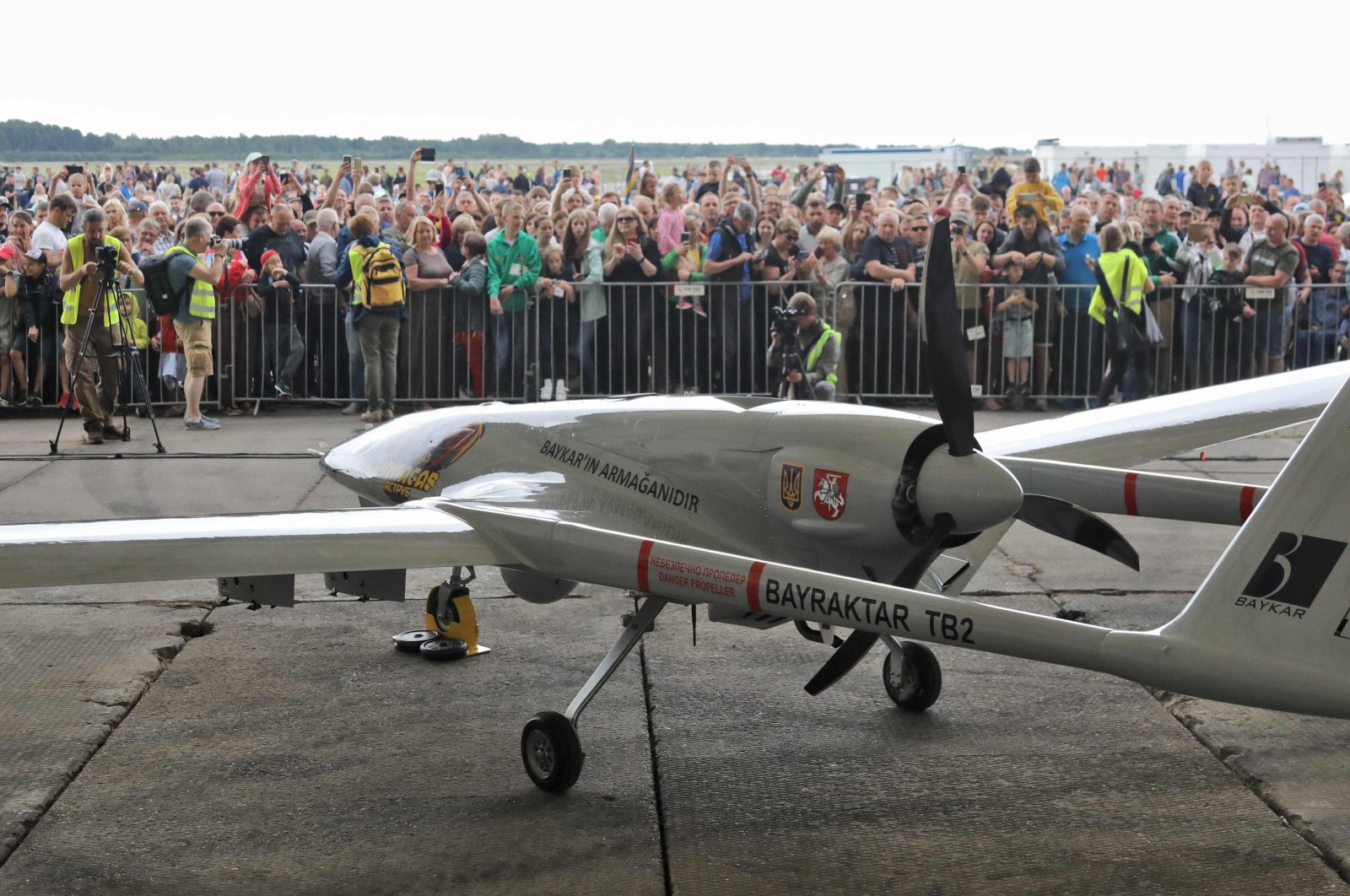Petroleum Director Bente Nyland introduces the new report on petroleum operations in the northern regions.
02/04/2019
Today, the Norwegian Petroleum Directorate presents the Petroleum Activities in Northern Regions report. The report places the oil activities of the North in a historical, international and technological framework.
“I hope the report can contribute to a knowledge-based approach to the debate,” said Oil Director Bente Nyland, who presented it today at the Barents Sea conference.
There has been oil activity in the northern regions since the first exploration wells were drilled near the coast in Russia’s Laptev Sea in the 1930s. In Norway, oil operations in the north began in 1979 and in 2007 production started from the Snøhvit field.
Norway is one of five Arctic coastal states, but due to the Gulf Stream, the majority of our sea areas are ice-free all year round. In Canada, the United States, Russia and Greenland, the climate of the northern regions is considerably more demanding and the ice cover is full or partial throughout the year.
In the Norwegian part of the Barents Sea, two fields are in production: the Snøhvit gas field and the Goliat oil field. The Johan Castberg field is under development and is expected to come into production in 2022. Several discoveries have been made that are amenable to development, and there are still significant undiscovered oil and gas resources. If these resources are to be demonstrated, companies must seek. The Norwegian Petroleum Directorate expects 65% of undiscovered resources on the Norwegian continental shelf to be found in the Barents Sea.
“Great value has been created from petroleum activities in the Barents Sea. So far, about 155 exploration wells have been drilled there, and the Norwegian Petroleum Directorate’s Exploration Resource Report ( 2018) showed that every NOK 1,000 invested in Barents Sea exploration yielded NOK 2,100,” says oil director Bente Nyland.
The report Petroleum operations in the northern regions shows how large-scale oil and gas exploration and production takes place in demanding arctic marine conditions in the United States, Canada and Russia. It is researched and produced in areas with a combination of sea ice, first-year ice, multi-year ice and icebergs, and in completely frozen areas. Oil and gas are also produced in areas with great distances and difficult wind and wave conditions.
“On the Norwegian continental shelf, since the beginning 50 years ago, there has been a gradual approach to new areas and new fields. This approach is based on the knowledge and technological experience of the Norwegian continental shelf and to the international scale.
The new report from the Norwegian Petroleum Directorate shows that this also applies to oil activity in the northern regions,” says the oil director.
Read the report “Oil Activities in the Northern Regions” (pdf)
Read also the 2018 Resources Report – Petroleum Resources on the Norwegian Continental Shelf – Exploration
Updated: 02/04/2019
Latest news
Production figures May 2023
06/20/2023
Førebel’s production figures for May 2023 show an average daily production of 1,991,000 barrels of oil, NGL and condensate.
New scientific article on the northern Barents Sea
06/12/2023
The Norwegian Petroleum Directorate has written a scientific article in the internationally renowned journal Geological Society of London (GSL) Special Publication Memoir no. 57.
Valuable data on the NDP
06/09/2023
Data from the Norwegian Petroleum Directorate is expected to play a particularly important role in facilitating and contributing to the faster development of new industries on the continental shelf.

“Devoted reader. Thinker. Proud food specialist. Evil internet scholar. Bacon practitioner.”







